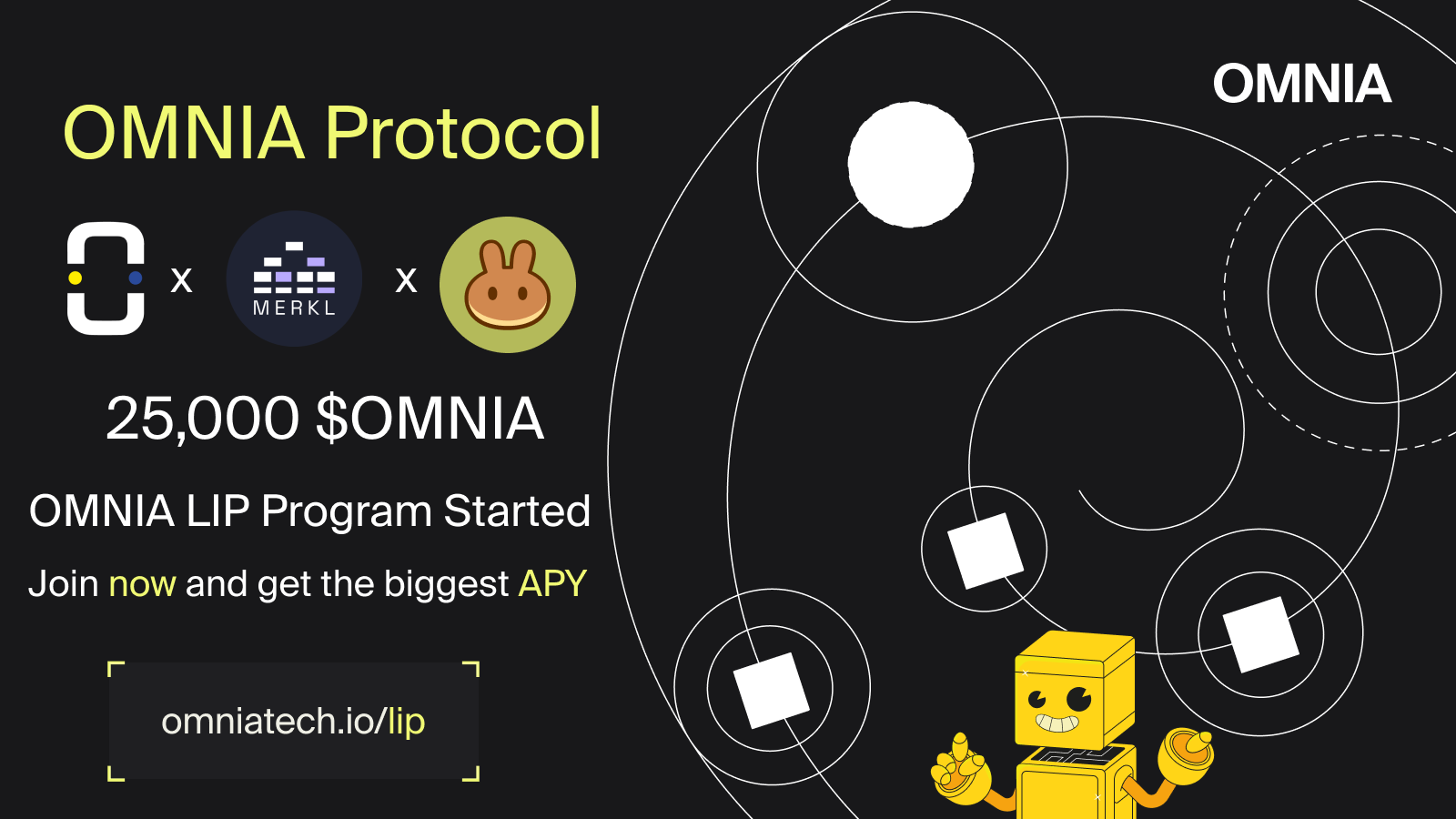
Comparing Ethereum’s Layer-2 Solutions: Polygon vs. Arbitrum vs. Optimism.
The Ethereum network has a long history of congestion issues that have often led to high gas fees. The first and most popular incident dates back to December 2017, when Cryptokitties clogged the Ethereum network and caused it to grind to a halt.
The event, although unfortunate, kick-started discussions on how to avoid such incidences in the future, leading to the birth of several solutions to solve congestion and high gas fees on Ethereum.
The discussions for scaling Ethereum kicked up a notch as DeFi kicked into high gear in the summer of 2020. Decentralized finance continued to grow, reaching a peak total value locked of around $250 billion in December 2021, from $400 million in the summer of 2020.
What are Layer-2 Solutions?
One proposed method of scaling Ethereum was building off-chain solutions that would be implemented separately from its layer-1 mainnet. These solutions were ideal since they allowed room for experimentation without adjusting the core elements of Ethereum.
These layer-2 solutions would scale Ethereum by allowing higher throughput and lower fees while taking advantage of the network’s time-tested decentralized security features. Some off-chain solutions have utilized concepts such as rollups, state channels, sidechains, and plasma chains.
Rollups, in general, is the concept of executing several transactions outside Ethereum’s mainnet, then posting the data back to the main chain.
In the case of optimistic rollups, the term ‘optimistic’ points to their distinct feature: they reveal minimal transactional information on-chain and assume all transactions are valid. On the other hand, zero-knowledge (ZK) rollups bundle multiple transactions off-chain, generating a cryptographic proof known as validity proofs. These proofs are then submitted to the Ethereum mainnet.
State channels use multi-sig contracts to allow quick transactions, which are finally settled on the Mainnet.
Other layer-2 solutions include sidechains that run parallel to the Ethereum mainnet and are connected back to it using bridges. Plasma chains also allow Ethereum to scale. They are separate blockchains that are still anchored to the Ethereum mainnet.
What is Polygon?
Polygon, recently rebranded from MATIC, is a popular Ethereum layer-2 solution that utilizes the concept of sidechains. It uses a proof-of-stake consensus mechanism, which allows for significantly lower gas fees and up to 65,000 transactions per second.
Polygon supports three other layer-2 scaling solutions within its sidechain: plasma chains, optimistic rollups, and ZK rollups. In addition, Polygon recently launched zkEVM: ZK rollups that are compatible with the Ethereum virtual machine.
These features make Polygon essentially an effective Ethereum multi-chain system that solves its scalability issues and allows for the hosting of an unlimited number of decentralized applications.
Its native token of MATIC is used to govern and secure the Polygon network. MATIC is also used to pay for network transactions. The token can also be staked by its owners to earn annual interest for their role in helping validate transactions on the blockchain.
What is Optimism?
Optimism is another popular Ethereum layer-2 solution that utilizes optimistic rollups. Transactions are bundled into digestible batches, then posted on the Ethereum mainnet. By ‘rolling up’ transactions into a single final transaction, Optimism allows for lower transaction costs as gas payment is then paid once on Ethereum.
These rollup transactions are called ‘Optimistic’ as they are assumed to be valid until proven false. They also provide a time period where invalid transactions can be challenged by submitting fraud-proofs. Any suspected null transaction is then processed off-chain in a single round to identify the suspicious part. It is then sent individually to Layer-1 for verification. Optimism reimburses the gas requirement for running the fraud-proof.
Optimism’s OP token is used by its holders to govern decision-making on the network.
What is Arbitrum?
Arbitrum is another popular Ethereum layer-2 solution that also utilizes optimistic roll-ups. Its optimistic rollups use multiple rounds of fraud proofs to check for invalid transactions.
It also differs from Optimism because it has its custom virtual machine, the Arbitrum Virtual Machine (AVM). The AVM works as the execution layer for Arbitrum smart contracts.
Unlike Optimism, Arbitrum does not have a native token.
Polygon vs. Optimism vs. Arbitrum. What are the key differences?
Although all three layer-2 scaling projects have a common goal of scaling Ethereum, there are some differences, as highlighted by the table below.

Which One is Better Between Polygon, Optimism, and Arbitrum?
From a developer’s point of view, all three layer-2 scaling solutions have the same two goals: scaling Ethereum and lowering gas fees. But for someone wishing to optimize functionality, Polygon seems best fitted as it is faster than the other two and offers more benefits as it can function as a standalone ecosystem.
In addition, token withdrawal on Polygon takes an estimated 3 hours compared to Optimism and Arbitrum, which take an estimated one to two weeks due to their fraud-proof mechanisms.
What About Ethereum 2.0?
However, the above-mentioned layer-2 solutions are not the only projects working on improving Ethereum’s efficiency and performance. Ethereum, in itself, is in the process of undergoing a transition from its proof-of-work algorithm to proof-of-stake.
The process involves the Merge between Ethereum 2.0’s Beacon chain with the Ethereum mainnet. The process is estimated to be complete around mid-September. The new version of Ethereum is forecasted to process 100,000 transactions per second.
But a complete transition into Ethereum 2.0 will probably take months or even years after the initial Merge. Therefore, layer-2 solutions such as Polygon, Optimism, and Arbitrum will continue providing alternative scaling solutions as the final details of Ethereum’s proof-of-stake are ironed out.
OMNIA HackathOMNS
A hackathon by OMNIA — 1 hour of learning that you just cannot miss. Omnia provides you secure RPC endpoints with high availability to access the blockchain, and you are very close to accessing it without being tracked or monitored in an easy way that will protect you from malicious threats.
Become an expert, and book your seat on the hackathOMNs page.

